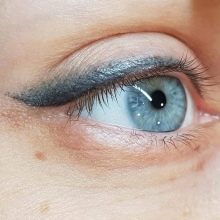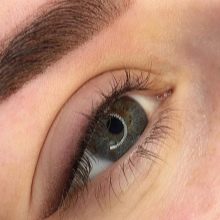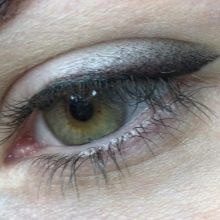Eyelash tattooing with shading
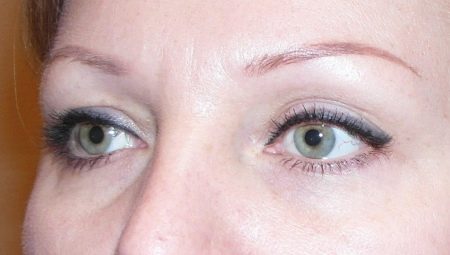
Do not waste time on make-up, look fresh and cheerful even in its absence, in any situation and at any time of the day - permanent make-up copes with this. It was popular in the 90s, then for some time its demand decreased, and now new technologies have brought the permanent to a fundamentally different level. It is almost indistinguishable from regular makeup, but it solves much more problems, such as inter-eyelash tattooing with delicate shading.
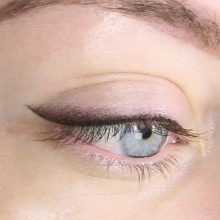

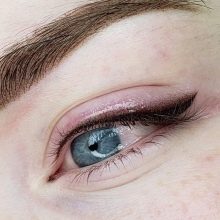
Peculiarities
The purpose of this technique is to create the effect of thick and lush lashes and make it as natural as possible. If a woman's eyelashes are naturally light, and she is not going to dye them, the inter-eyelash tattoo will look like a flat arrow. And for dark eyelashes, such a tattoo is literally created: the look will become more open and youthful.
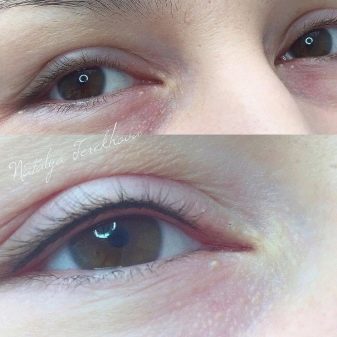
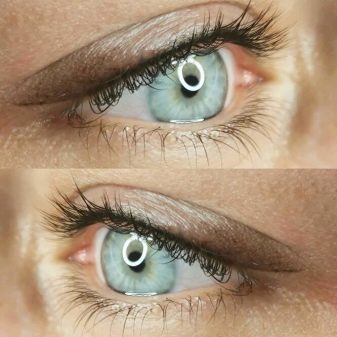
Important nuances to consider when choosing an eyelash tattoo.
- The classic procedure will not replace a pencil or eyeliner in full. But there is nothing to be upset: just in the usual make-up, a woman paints the eyelid above the eyelash growth zone, without working it out herself (this is technically difficult). And inter-eyelash tattooing solves the problem of darkening the growth zone, that is, the natural dark space. Therefore, the permanent will not look exactly like a line drawn with an eyeliner or pencil. But this has its advantages: such makeup looks more natural, it does not “steal” part of the century, does not lower its eyes.
- Eyelashes with inter-eyelash tattoo look thicker, darker, the look is refreshed and younger. This is enough for everyday life, but if you want a more "elegant" eye makeup, you can use mascara, and eyeliner, and shadows. It just won't be necessary to use them every day.
- If the tattoo is done correctly, the eyelashes untouched by the paint will visually appear longer. It's an optical illusion, but women don't seem to mind it at all.
- Permanent pigment does not have a lifetime warranty, it is also erased, but you can count on 3-5 years. Gradually, the line will lose its expressiveness, but it can be corrected and updated.
- The composition used for the permanent has been tested by ophthalmologists. It does not cause allergies, irritations, or negative reactions. There are nuances, but they do not concern everyone.


The procedure is not the cheapest, but nevertheless it is comparable to the usual makeup done in an expensive salon.
That is, makeup for a wedding, for example, which will last for one day, is not particularly cheaper than an inter-eyelash tattoo, which is done for years.
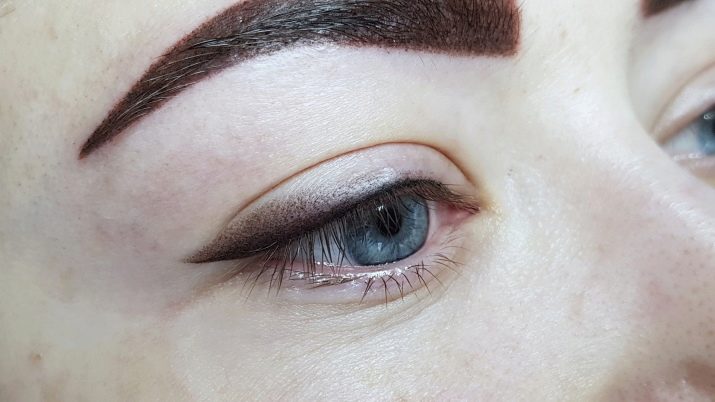
Indications and contraindications
The main indication is the desire to decorate your eyes delicately, as naturally and for a long time as possible. There are, of course, types of appearance with which this type of tattoo looks better, brighter, it just changes a person. There are also opposite cases, when after the procedure the look does not change the way we would like it. This is always an individual moment, and a good master at a preliminary consultation can see these nuances, predict the result.
But for example the owners of the impending century should look for an alternative to eyelash tattooing: the very structure of the century will simply hide the staining. A heavy eyelid will also block the shading, it does not help out in this case. A classic wide arrow is suitable for a lowered eyelid, which visually raises the outer corner of the eye.

It is worth considering the contraindications for this procedure:
- diabetes;
- blood clotting pathology;
- active inflammation in the body;
- colloidal scars on the skin of the face;
- oncological diseases;
- a tendency to mental disorders.
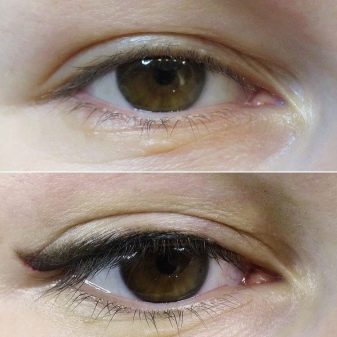

There is a lot of controversy regarding pregnancy, the postpartum state. During pregnancy, the body changes its work, some ordinary processes (even hair dyeing) can have an unpredictable result. So is permanent makeup, there are risks that everything will go wrong, but the scenario of a successful course of the procedure is not excluded. Many masters take clients no earlier than 2 months after childbirth - during this time, the body undergoes primary recovery.
Regarding eye color, there are no strict recommendations: a tattoo with a light shaded line can be equally suitable for brown, gray, blue, and green. Here, more and more depends on the skill of the specialist, on the design features.

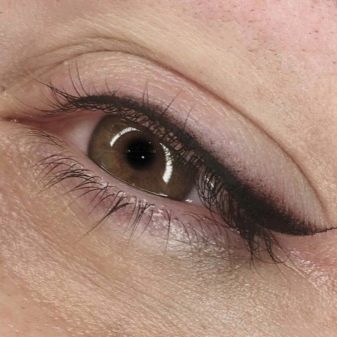
How long does it last?
The stability of the makeup is always different, it mainly depends on the client's skin type, the anatomy of the eyelid and even her lifestyle. Oily skin will "lose" shading faster. If the metabolic processes in the body are normal, you can count on a longer wear period. Masters give a rather long interval for the duration of shading activity - from 1 to 5 years. But there are not isolated cases when tattooing is worn for 7 and 8 years, it turned out to be so persistent.
In general, women can count on 1-2 years of bright tattooing with subsequent fading of the pigment.

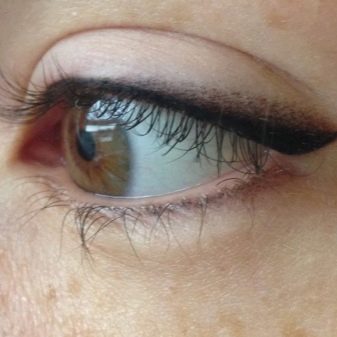
What is required for the procedure?
This information is intended for masters, but the desire of clients to delve deeper into the topic in order to understand what manipulations they have to go through is understandable.
Instruments
The master uses a special apparatus with replaceable needles. The specialist must wear disposable gloves. Also at his workplace will be clean containers for mixing pigments, nozzles, tips and disposable needles. The client has the right to see how the master prepares for work, to make sure that disposable instruments are used.
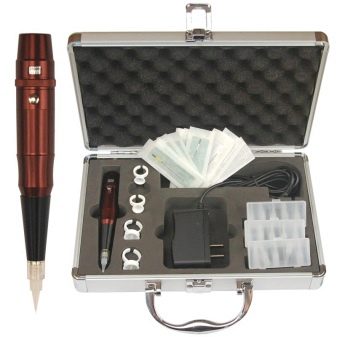
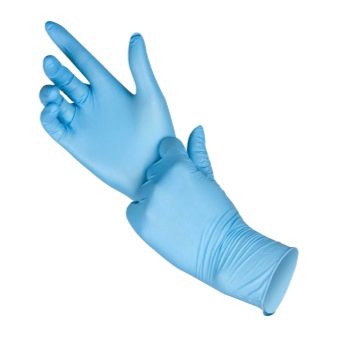
Materials (edit)
This is primarily paint, with the help of which the space between the eyelashes will be formed. Before the tattooing, the client, together with the master, chooses the type of pigment, color shade. The specialist demonstrates how this color will look on the skin (shows examples). I must say that the masters tattoo this area in different ways. The so-called old school offers slow reciprocating movements: the pigment penetrates the skin as tightly as possible, it is delivered there with the minimum number of passes. Those who are closer to the modern approach make pendulum movements with a needle (that is, back and forth), which is very similar to the eyebrow spraying technique.

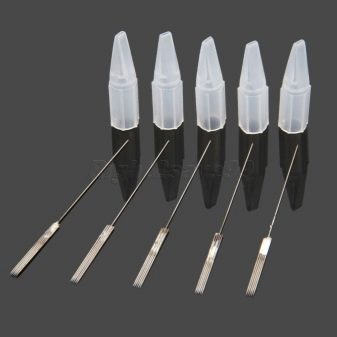
Process description
To understand how this happens, you need to imagine the scale of the intervention. Permanent makeup of the eyelid (both lower and upper) is a priori a dangerous procedure. The integrity of the skin is to be violated, which means that this is a radical intervention. That is why you need to think carefully about where and who will do the tattoo, as well as check the certification of materials / tools and a document confirming the qualifications of the master. You need to be especially careful about the sterility of the instruments.
What the master should do before the session: Explain potential complications. They can never be ruled out, and the most common are edema. This is due to the individual body's response to manipulation, as well as a tendency to swelling. For those women who are very sensitive to pain, the procedure can also seem very stressful. And this despite the use of anesthesia. By the way, before using the anesthetic, the master conducts a test control (to avoid anaphylactic shock).
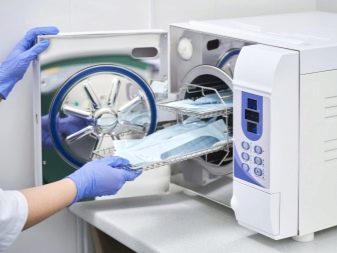
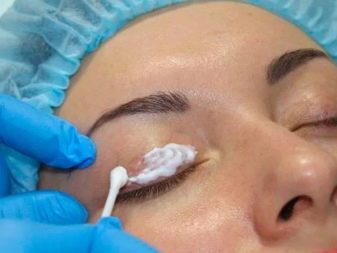
Even at the consultation, the master must warn the client how to prepare for the session. The day before it, you need to exclude any alcohol, spicy foods and even coffee. Baths, saunas, any options for steaming the skin are excluded 3 days before the procedure. If it happens in the summer, do not go outside without sunglasses - the effect of ultraviolet radiation on the skin before the session should be minimal.
You will also need to remove your contact lenses.
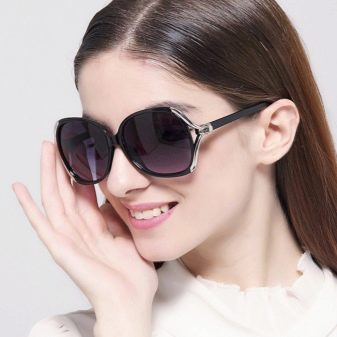
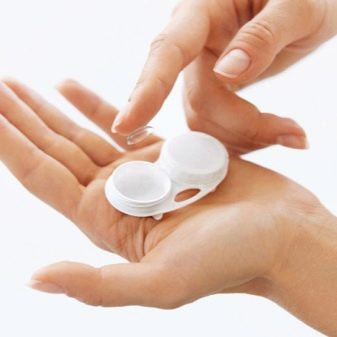
Let's consider in more detail the course of the procedure.
- After the type of tattooing was once again agreed, the pigment was selected, the specialist explained what would be going on, the master applied a test contour. This is how the image is “fitted”.
- The specialist thoroughly cleanses the skin.
- Anesthetic test control is carried out. If everything went well, the master proceeds to anesthesia. A local (surface) agent is used. Usually it is a gel, injections are practically not used today. After about 10-15 minutes, you can start the main part.
- The master works with a special apparatus, the needles of which are disposable, and they are opened in front of the client. In time, this is done from 10-15 minutes to 1 hour. The duration depends both on the chosen design and on the level of the client's feelings. The more discomfort the procedure gives him, the slower and more delicate the master will act.
- At the end of the procedure, the master treats the skin with antiseptics, means for the speedy healing of the skin.
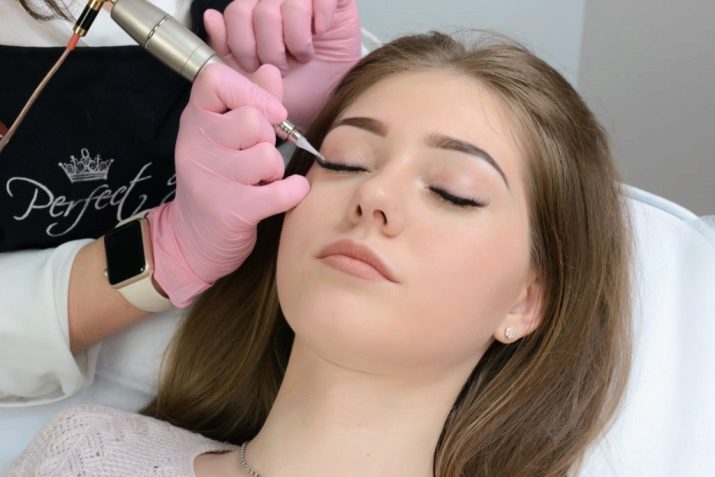
How painful it is, it is impossible to say for sure. Depends on the woman's pain threshold. Someone can hardly endure, characterizes the pain as cutting, someone does not feel almost anything, maximum slight discomfort. But the master must necessarily talk about the sensations, he will adjust the speed of work, his own movements to please the client's feelings.
Follow-up care
It is no less important than the qualifications of the master and a well-executed procedure. After the session, the skin of the eyelids will be irritated, with some redness. The swelling does not appear immediately, usually after a few hours. It is believed that the normal period of rehabilitation after the intervention is 2 weeks.


What post-procedural care includes:
- treatment of the intervention area with means prescribed by a specialist (these are antiseptics and compounds for healing);
- it is impossible to wet the eye area for 4-5 days;
- in the subsequent period (on the fifth day and up to the 14th), you need to wash your face very delicately;
- you cannot rip off the "crusts" that form during the healing process (the crust should fall off by itself in due time);
- a cotton swab and chlorhexidine are used to remove the ichor;
- you will have to give up decorative cosmetics for 7-10 days.
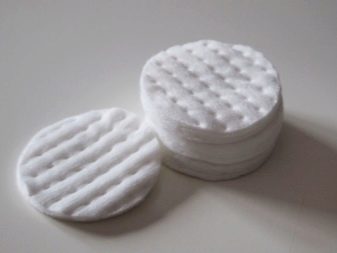
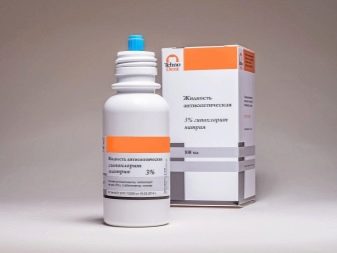
Of the remedies, hydrocortisone ointment is usually prescribed.
If swelling, significant redness occurs, antihistamines may be indicated. Also, during the recovery period (2-3 weeks), you need to abandon the bath, sauna, bath. Steam and high temperatures are detrimental to tattooing during this period. Those involved in sports and fitness will have to significantly reduce the load. The fact is that physical activity can cause a rush of blood, and to the eyelids too, and this is extremely undesirable during the recovery period.

If it seems that immediately after the procedure the result is very dark (not the one that was stipulated), you should not worry: after 10 days it will take on a constant color, less bright, more natural.
Are there any side effects?
The master must warn the client about them during the consultation. I must say, not everyone does this, which is only a minus for such a specialist. Illiterate actions of the master - and an uneven contour appears on the skin. This is not exactly a side effect, but a certain risk that the client should be aware of. As well as about a permanent that came down ahead of schedule. Of course, neither side wants this, but it happens.
Why tattooing is dangerous:
- penetration of infection into a fresh wound surface - the risk of such a complication is caused by working with non-sterile devices, therefore the master is obliged to show the client what tools he is going to work with;
- the development of conjunctivitis - in most cases it is also associated with surface infection (it often happens if the client did not listen to the master, used cosmetics ahead of time, etc.);
- loss of eyelashes along with naturally formed crusts is rare, but it happens;
- an unexpected change in the color of the pigment - this usually happens if the master has chosen the wrong depth of application of the dye.

Unsuccessful tattooing is fraught with prolonged and pronounced redness of the eyes and eyelids, perhaps even a decrease in visual acuity (usually, after all, with restoration to normal).
All this suggests that the search for a salon and a master should not be reduced to a random choice.
Review overview
Reviews, as usual, are contradictory. Those who have encountered an unsuccessful tattooing experience rarely associate this with the unprofessionalism of the master, and even more so they keep silent about the insufficiently serious attitude towards the subsequent care procedure.
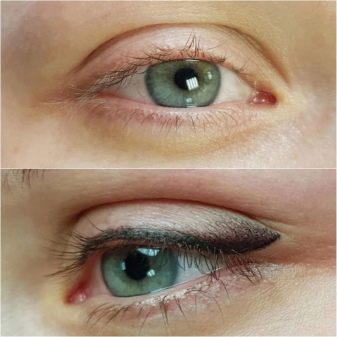
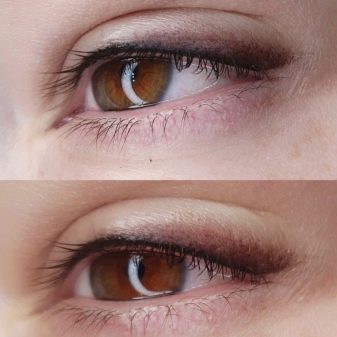
Analysis of reviews on thematic forums leads to interesting statistics (random sample):
- experienced severe pain during the procedure - 24% of women;
- completely satisfied with the procedure and the result - 59% of women;
- satisfied with the state of tattooing after 1-2 years, socks - 53% of women;
- intend to again turn to the tattooing of the space between the eyelashes - 81% of clients;
- use cosmetics, do eye makeup more often than once a week (against the background of existing tattoo) - 29% of clients;
- almost completely abandoned makeup - 19% of women;
- believe that tattooing has changed facial features for the better - 68% of clients;
- after this procedure, 39% of women resorted to tattooing other areas of the face;
- 14% of women complain about difficulties in healing.
Getting into positive statistics depends on the woman herself: how she is psychologically tuned, whether the tattoo will not be an impulsive decision, whether she is ready for the limitations existing during the recovery period.
A smart choice!
